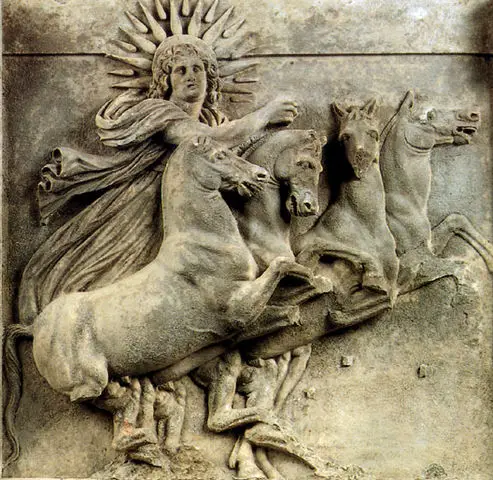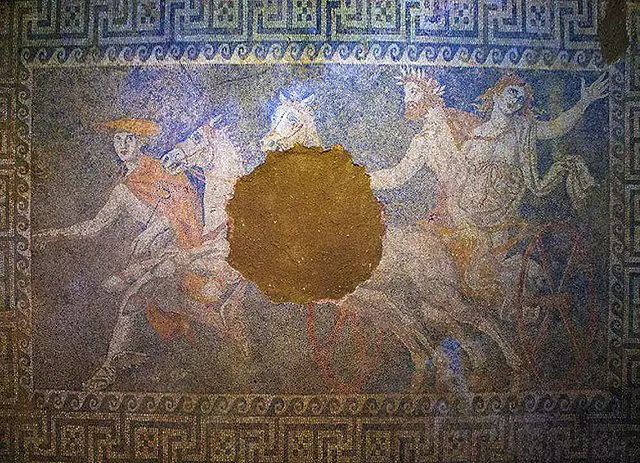| Andrew Carnegie (birth-death) | November 25th, 1835-August 11th, 1919. |
| John D. Rockefeller (birth-death) | July 8th, 1839-May 23rd, 1937. |
| Region of World | The United States, 19th century. |
| Further Reading for Carnegie | 3 Things That Made Carnegie A Business Hero |
| Further Reading for Rockefeller | The 1 Thing That Made Rockefeller Rich |
Two businessmen rose to power in the United States during the 19th century, John D. Rockefeller and Andrew Carnegie.
That is where they differ. Both of these men were drastically different in both their life philosophies and their business practices. Below are the 3 main differences between Andrew Carnegie and John. D Rockefeller.
The 3 main differences between John D. Rockefeller and Andrew Carnegie are the following; First, Both Carnegie and Rockefeller used different types of business integration to create monopolies. Second, both Rockefeller and Carnegie engaged in different ‘dirty’ business practices. Third, Both Rockefeller and Carnegie engaged in different types of philanthropy.
Here at The History Ace, I strive to publish the best history articles on the internet. If you like content like this then feel free to sign up for the free newsletter and share it with your friends.
Without further ado, here are the 3 main differences between Carnegie and Rockefeller.
Both Carnegie And Rockefeller Used Different Types Of Business Integration To Create Monopolies
The main difference between Carnegie and Rockefeller is the strategy they used to create their monolithic businesses.
Carnegie used something called vertical integration to build his steel monopoly. Vertical integration is where a successful businessman would start buying up those who transport and provide his resources. The pro of this monopoly tactic is that it can be extremely effective at slowly dominating an industry’s supply chain of resources. On the other hand the con is that it takes much longer to do than a horizontal monopoly.
A modern business practicing vertical integration might buy a mine to provide cheaper minerals or buy up a shipment company to provide more cost-effective shipping costs on their products.
Rockefeller on the other hand practiced horizontal integration. Horizontal integration is where a company would first buy out its direct competitors and then leverage this buying power to drive the shipping and providing costs down. The pro of this business monopoly tactic is that once you buy out a few strategic competitors you can easily begin to snowball into a monopoly as you use the buying power to secure resources.
A modern business practicing horizontal integration might buy up all of its direct competitors and then start telling its providers that they need to offer cheaper rates or they won’t receive their business.
Both Carnegie and Rockefeller were incredibly successful in building their business empires however each man did it with a different strategy in mind. As such this is one of the main reasons that they differ.
Both Rockefeller and Carnegie Engaged In Different ‘Dirty’ Business Practices
It is important to remember that the business world during the 19th century U.S was completely different from what we see today.
Insider trading, corporate espionage, and unrestricted lobbying were commonplace across the United States during the progressive era of the mid to late 19th century.
As a result, both Rockefeller and Carnegie had to engage in what we would call today as unethical business practices to build their empires.
Since Carnegie Steel practiced vertical integration it would have to internally suppress labor wages and restrict benefits. In June of 1892, the CEO of Carnegie Steel, Henry Clay Frick decided to cut production costs in steel mills by cutting pay for hundreds of workers.
This led to the Carnegie Steel company experiencing one of the worst labor strikes in the history of the United States, the Homestead Strike. Workers organized this strike because their wages were dropping in the Homestead steel mill while Carnegie Steel’s profits were at record highs.
Rockefeller on the other hand engaged in lateral buyouts. He would invite his competitors over to his house and show them how he could simply sell his oil at a cheaper price to bankrupt them and then buy their assets at an auction. Once Rockefeller’s competition understood that it was impossible to compete with his company, Standard Oil, Rockefeller would offer to buy their business.
This was how Rockefeller became so rich. He would perform lateral buyouts to eliminate his competition or bankrupt them and then buy their assets at an auction.
As always with history, it is important to remember the time period in which these men lived. These business practices were normal and often had to be performed to either grow an industry or survive.
However, the difference in ‘dirty’ business practices still remains one of the main differences between Carnegie and Rockefeller.
Both Carnegie and Rockefeller Engaged In Different Types Of Philanthropy.
One of the main differences between Rockefeller and Carnegie was how they donated their immense wealth once they retired.
Carnegie would come to donate nearly all of his wealth towards public institutions such as libraries, universities, schools, and the arts/sciences.
Further Carnegie would give immense donations to organizations that promoted world peace. In one account he personally offered to give the Philippines $20 million to buy back their independence from the United States.
However, over the course of his life Carnegie would elect to stay away from religion and its institutions. While he was not an atheist by any means he believed that money would be better spent directly going to public investments. Today when we travel around Pennsylvania and New York we are reminded of the donations of Carnegie from the libraries, statues, parks, universities, and large entertainment buildings.
Rockefeller donated significant amounts of wealth to science, art, universities, and created institutions to further the public good. Where he differed from Carnegie however was his immense donations to further the study of modern medicine in the United States along with his donations to churches. For example, there are reports of Rockefeller randomly showing up to African American Baptist churches throughout the United States and leaving a substantial donation before disappearing.
Both Carnegie and Rockefeller gave much of their wealth back to the public. How they did that however differs. Carnegie would create public libraries and fund international peace. Rockefeller would donate to religious institutions and fund modern medical research.
Conclusion
There you have it; an entire article going over the 3 main differences between Carnegie and Rockefeller.
It is important to remember the time period in which these men lived. They were born before the American civil war and helped usher in the industrial revolution in the U.S. They saw massive changes in society along with advancements in medicine.
I hope you enjoyed reading this article. I strive every day to publish the best history articles on the internet. Feel free to share around and subscribe to the free newsletter to remain up to date on all things history.
Further, you can check out some of the other articles below.
-
How The American Revolution Changed The World

Here is how the American Revolution changed the world. Many people are not aware of just how important this event actually was.
-
Why The Roman People Loved Chariot Racing

Why did the Roman people love chariot racing? Well it all comes down to these 3 reasons.
-
The Design and Color of Roman Chariots

What was the design and color of Roman Chariots? Were they faster or slower then normal chariots? Well here is everything!
Sincerely,
Nick